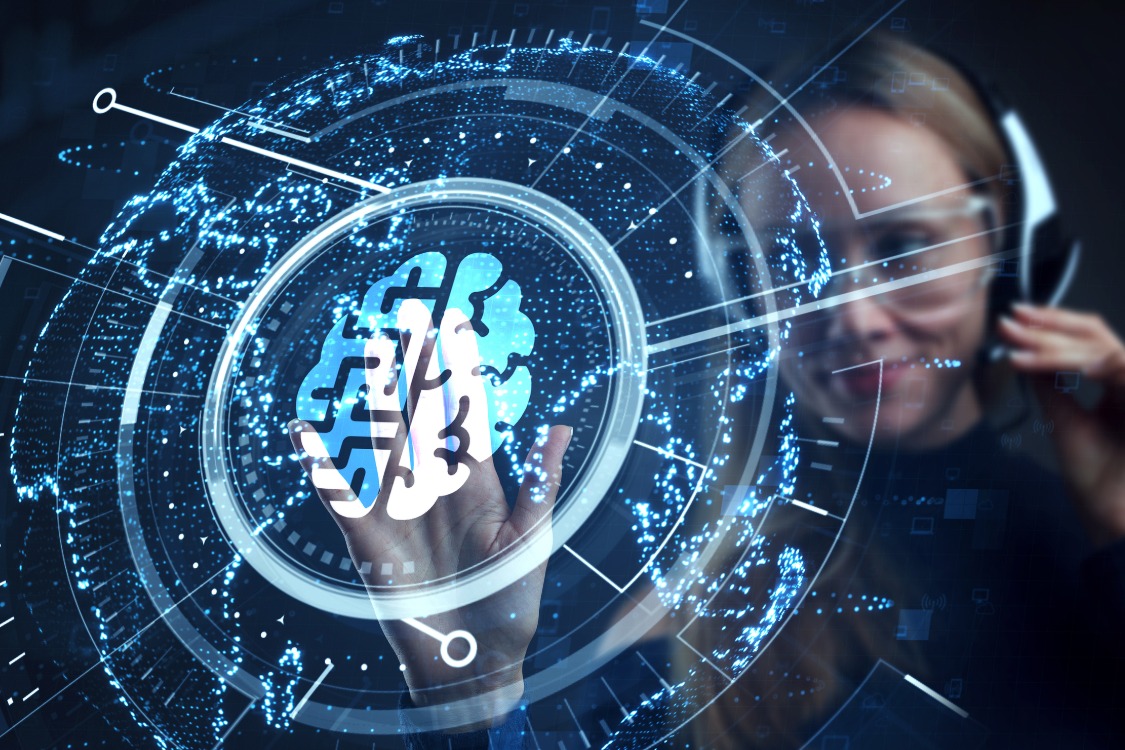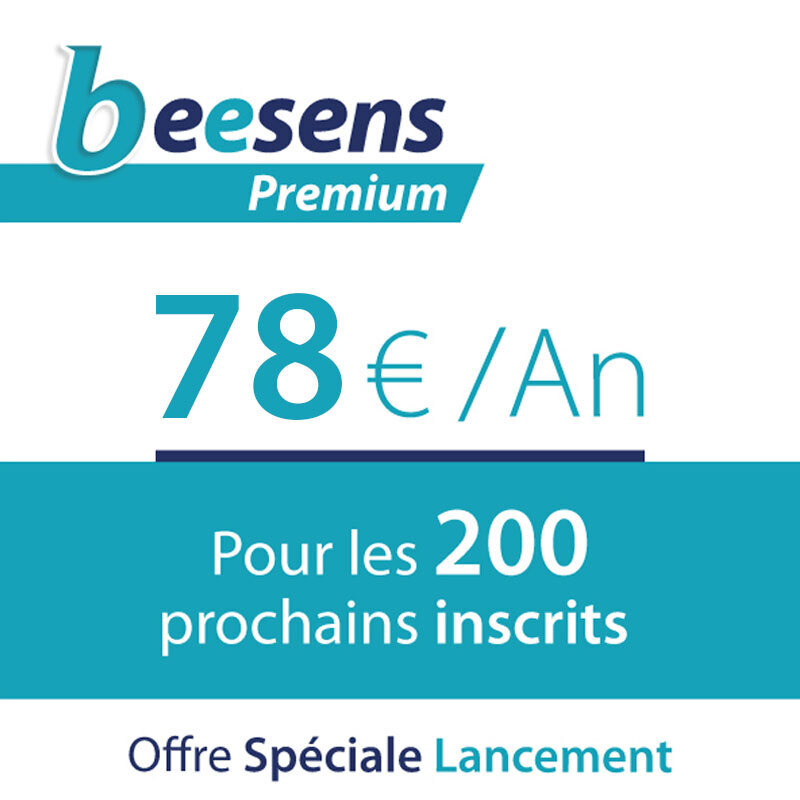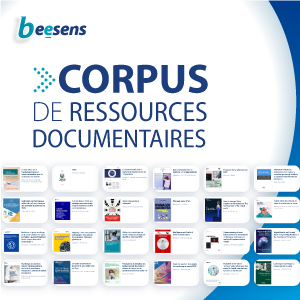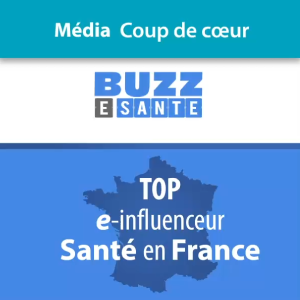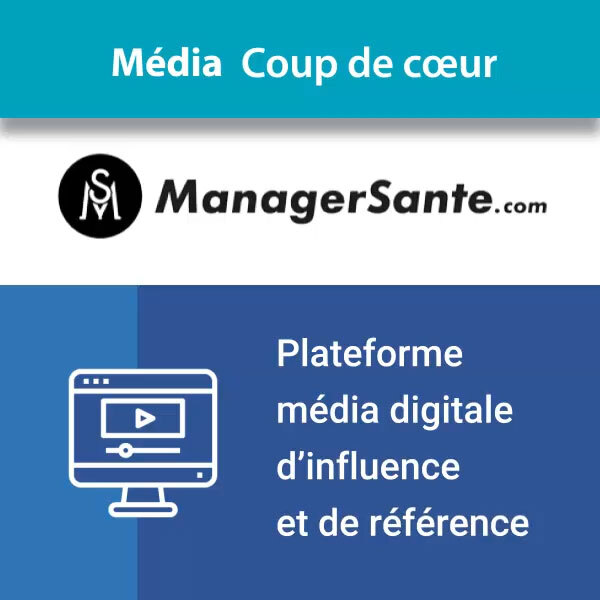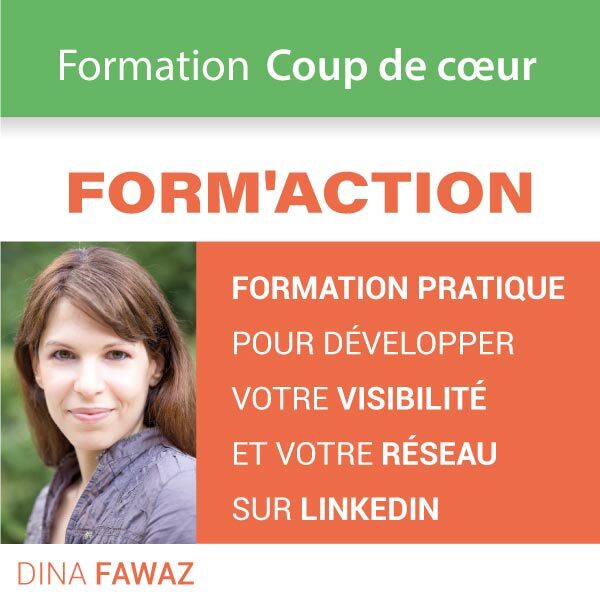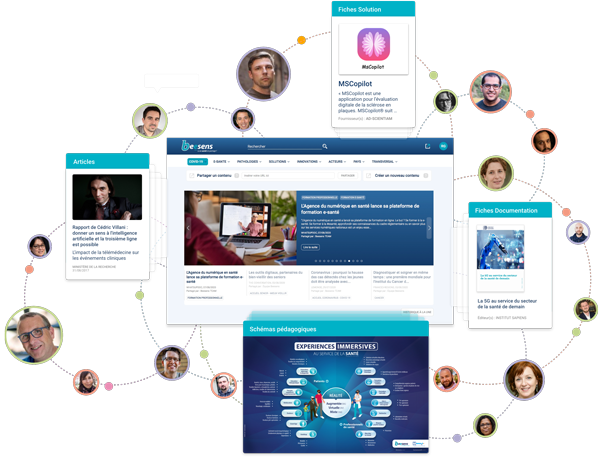"Thank you for sharing this story! However, please do so in a way that respects the copyright of this text. If you want to share or reproduce this full text, please ask permission from Innovation Origins ([email protected]) or become a partner of ours! You are of course free to quote this story with source citation. Would you like to share this article in another way? Then use this link to the article: https://innovationorigins.com/en/artificial-intelligence-helps-identify-individual-diseased-cells/
Researchers have developed a new algorithm for clinical use. It is based on artificial intelligence and compares the cells of sick individuals with a reference atlas of healthy cells. In practice, doctors can use it to accurately identify diseased cells. This is a major advantage for personalized medicine.
The Human Cell Atlas is the world’s largest, continuously growing single-cell reference atlas. It contains references of millions of cells from different tissues, organs and developmental stages. These references help us to understand the influences of aging, environment and disease on a cell – and ultimately to better treat patients. But there are challenges to using reference atlases. Single-cell datasets can contain measurement errors (the batch effect), the global availability of computational resources is limited and the sharing of raw data is often legally restricted.
Researchers at Helmholtz Zentrum München and Munich University of Applied Sciences (TUM) have developed a new algorithm called ‘scArches’, short for ‘Single-Cell Architecture Surgery.’ “Instead of sharing raw data between clinics or research institutions, the algorithm uses transfer learning to compare new data sets from single-cell genomics with existing references. We call this process mapping. In this way, the algorithm preserves the privacy and anonymity of the patients. This also makes annotating and interpreting new datasets very easy and democratizes the use of reference atlases enormously,” says Mohammad Lotfollahi, describing the advantages of the algorithm..."
Lire la suite
Artificial intelligence helps identify individual diseased cells
INNOVATIONORIGINS, 31/08/2021
Partagé par :
Beesens TEAM
